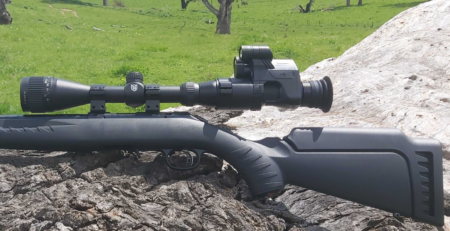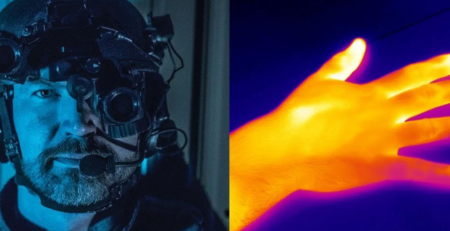F-Number In Thermal – What Does It Mean?
F-Number In Thermal – What Does It Mean?
The lens on a thermal camera is created from a rare earth material called Germanium (Ge) and constructed into a glass lens. This material is limited and thus a very expensive component of any thermal camera.
As the lens is your cameras window to the world, it is important to ensure the quality of lens being used is of high quality. One of the main characteristics which determines lens image quality is known as the F-Number. This F-Number is the ratio of the lens focal length and the diameter of the entrance pupil (where infrared energy enters the camera).

The lower the F-Number, the more radiation (infrared radiation) the lens captures. This is achieved by having a larger entry pupil area on the lens for the radiation to enter and in turn be processed by the sensor.
Have a look at our example below:
In the example above, the camera with a F/1.0 lens is 30% more sensitive than the camera with a F/1.3 lens system.
Note: Keep this F-Number in mind, as it will have a direct impact on Thermal Sensitivity which we will cover later in this series.
Lenses with low F-Number improve your cameras overall sensitivity, which will in turn result in more detailed and crisper images. As a result of this higher sensitivity, you will experience much better results in your Detection, Recognition & Identification (DRI) of targets.
















